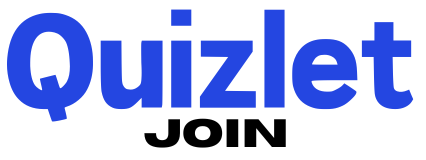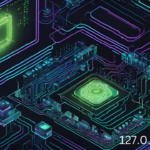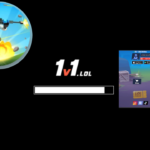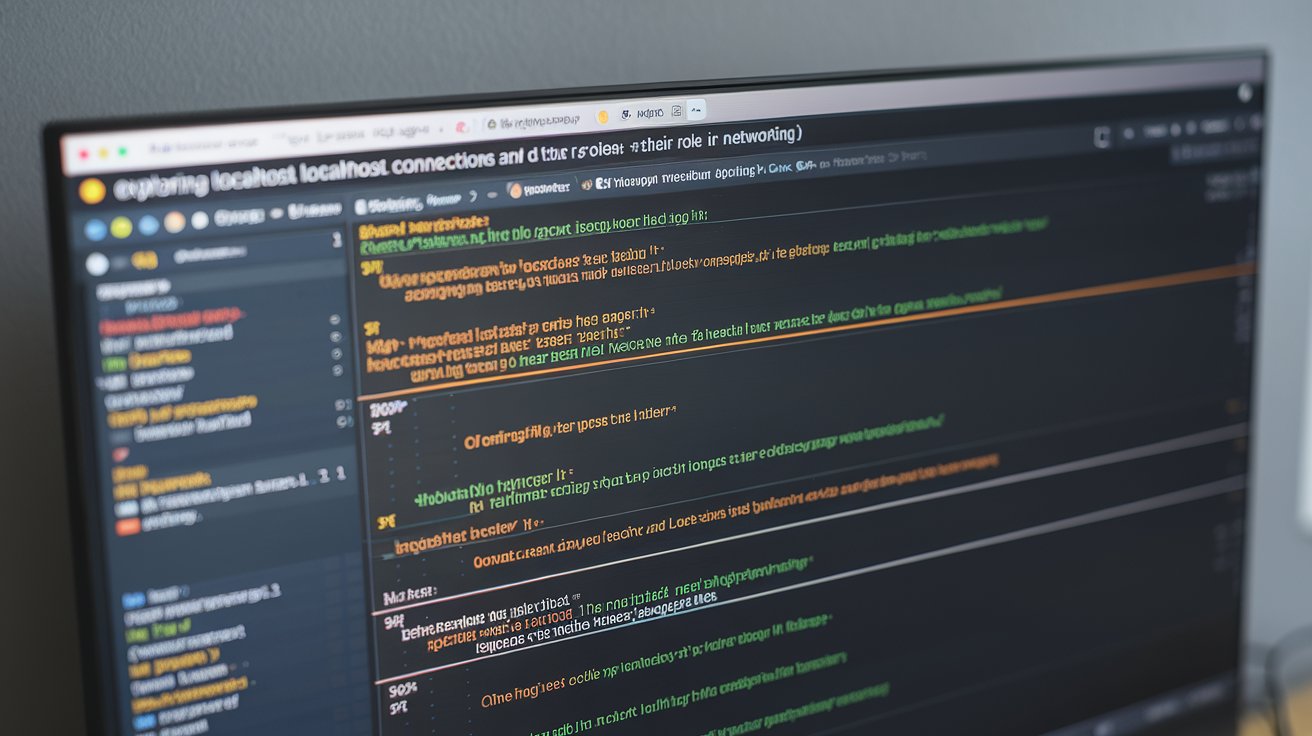splash captcha?ap=1 the ever-evolving landscape of the digital world, various tools and technologies are employed to enhance user experience, protect privacy, and ensure security. Among these, CAPTCHAs have become ubiquitous, often seen as a necessary hurdle to prove one’s humanity when interacting with websites. The term “splash captcha?ap=1: press magazine” might sound unfamiliar and intriguing, raising questions about its purpose and context. Let’s dive deeper into understanding what this term could signify and how it might relate to web development, user interaction, and digital security.
What is a CAPTCHA?
Before we explore the specifics of the term, it’s essential to understand what a CAPTCHA is. CAPTCHA stands for “Completely Automated Public Turing Test to Tell Computers and Humans Apart.” It is a challenge-response test used in computing to determine whether the user is a human or a bot. The primary purpose of a CAPTCHA is to prevent automated systems from abusing online services. For example, CAPTCHAs are commonly used to prevent bots from submitting forms, signing up for multiple accounts, or scraping websites.
Breaking Down “splashui captcha?ap=1: press magazine”
Let’s analyze the components of the keyword “splash captcha?ap=1: press magazine” to make sense of it:
- SplashUI: “SplashUI” likely refers to a user interface (UI) element that appears as a splash screen. A splash screen is typically a graphical control element consisting of a window containing an image, a logo, and, occasionally, the current version of the software. Applications often use splash screens to introduce a user to the application’s interface, providing branding or an initial experience.
- CAPTCHA: As discussed, CAPTCHA is a security measure differentiating human users from automated bots. When combined with “SplashUI,” it suggests that the CAPTCHA might be integrated into the splash screen of a website or application.
- ap=1: This could be a parameter within a URL or code, often indicating a specific action or application. In the context of a CAPTCHA, it might signal a particular mode or type of CAPTCHA being deployed, possibly for a specific purpose or application.
- PressMagazine: This likely refers to a publication or media outlet. Including this term in the keyword might suggest that the CAPTCHA and splash UI are being used in a context related to a press or magazine website.
Potential Applications of “splash captcha?ap=1: press magazine”
Given the breakdown of the keyword, here are a few potential scenarios where “splash captcha?ap=1: press magazine” might be used:
- Media Outlet Authentication: A media website might employ a splash UI that includes a CAPTCHA to verify the identity of users trying to access certain content. For example, a magazine’s website might require users to complete a CAPTCHA before accessing premium articles, signing up for newsletters, or participating in forums. The “ap=1” parameter could indicate a specific authentication process tailored to press members or subscribers.
- Registration for Press Credentials: Journalists and media personnel must often register for press credentials to cover events or access restricted content. A splash screen with a CAPTCHA might be used during the registration process to ensure that only legitimate users—those who are not bots—can proceed. The “ap=1” could be a parameter that denotes a special application process for press credentials.
- Customized User Experience: Some websites tailor the user experience based on certain parameters. In this case, the splash UI might include a CAPTCHA to determine the user’s intent or eligibility to access specific content. For example, “ap=1” might indicate a particular user segment, such as press members, who are presented with a different CAPTCHA challenge than regular users.
The Role of CAPTCHAs in Modern Web Security
CAPTCHAs play a crucial role in protecting websites from malicious activities. They are particularly effective against bots that attempt to engage in actions like spamming, scraping content, or launching brute-force attacks. By integrating a CAPTCHA into a splash screen, websites can add an extra layer of security at the entry point, ensuring that users are genuine before accessing the main content.
Moreover, CAPTCHAs are not just about security; they also enhance user experience by preventing unwanted automated interactions. While they can be a minor inconvenience, their benefits in protecting user data and website integrity far outweigh the hassle.
Challenges and Considerations
While CAPTCHAs are effective, they are not without challenges. Some users find them frustrating, especially when the CAPTCHA is difficult to solve. Accessibility is another concern, as CAPTCHAs can pose significant barriers to users with disabilities. This has led to more user-friendly alternatives, such as reCAPTCHA, which uses behavioural analysis to differentiate between humans and bots with minimal user interaction.
In the context of “splash captcha?ap=1: press magazine,” developers must consider the user experience when implementing such a system. The CAPTCHA should be easy to complete while providing robust protection against bots. Additionally, the splash UI should be aesthetically pleasing and aligned with the brand’s identity, ensuring a seamless experience for users.
Conclusion
The term “splash captcha?ap=1: press magazine” might initially seem cryptic, but we can uncover its potential significance in web development and digital security by breaking it down. It likely refers to a specific implementation of a CAPTCHA within a splash screen, possibly for a media outlet or press-related application. This combination of UI elements and security measures highlights the ongoing efforts to protect online content while maintaining a positive user experience.
Like any digital tool, the key to successful implementation is balancing security with accessibility. By understanding the context and purpose of terms like “splash captcha?ap=1: press magazine,” developers and site owners can create systems that protect their content while keeping users engaged and satisfied.















